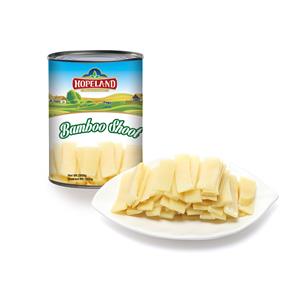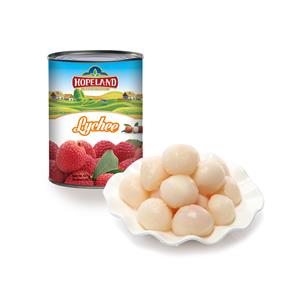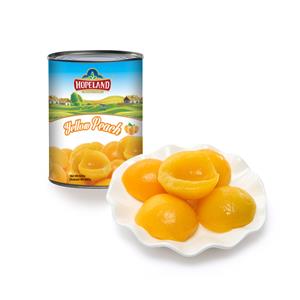Benefits of Canned Mandarin Oranges
Canned mandarin oranges have earned a beloved place in kitchens around the world. Whether added to fruit salads, blended into desserts, used as a topping, or enjoyed straight out of the tin, these bright, juicy segments offer convenience and reliable flavor any time of the year. Yet their value goes beyond taste and ease. Canned mandarins are nutritious, versatile, shelf-stable, and cost-effective, making them a smart choice for households, foodservice, and manufacturers alike.
1. What Makes Canned Mandarin Oranges Special?
Mandarin oranges are naturally sweet, tender, and easy to peel, but they are also highly seasonal. Fresh mandarin oranges reach peak harvest during late autumn and winter, which means their availability is limited. Canning solves this problem by preserving mandarins at their freshest moment. Typically, these oranges are peeled, segmented, and packed in light syrup, juice, or water. Heat sterilization ensures food safety and long shelf life.
Unlike some fruits that lose appeal when processed, mandarins maintain excellent texture and flavor after canning. Their segments remain soft yet intact, offering a refreshing bite that works beautifully in both sweet and savory dishes.
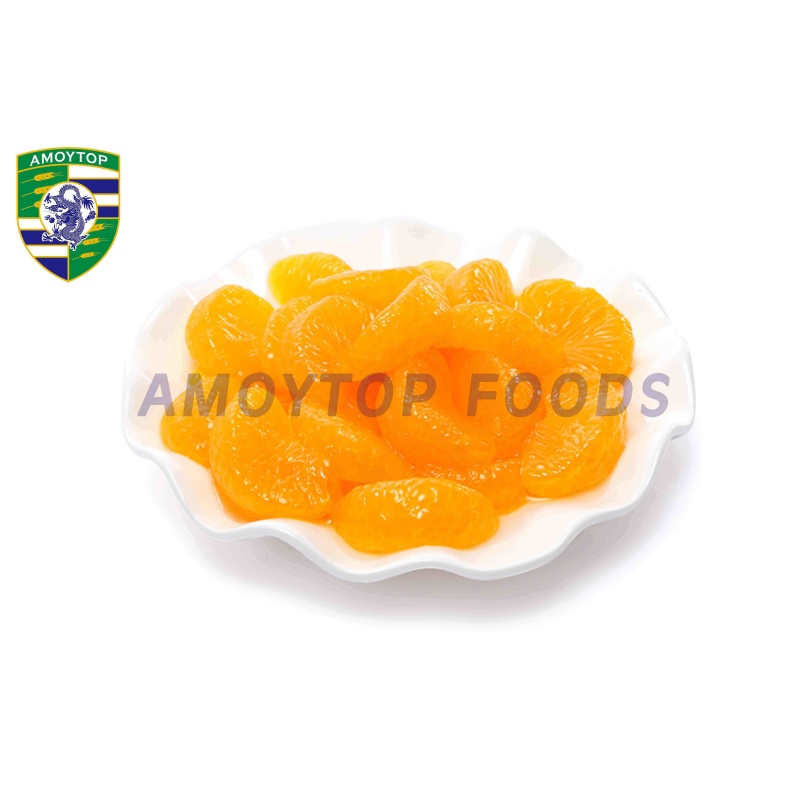
2. Nutritional Benefits of Canned Mandarin Oranges
A frequent question is whether canned mandarin oranges are as healthy as fresh ones. The good news: yes, they retain most of their nutrients. In some cases, they may even offer advantages because the canning process helps preserve certain vitamins.
2.1 Rich in Vitamin C
Mandarin oranges are naturally high in vitamin C, an essential nutrient that supports immune function, skin health, and antioxidant protection. While some vitamin C declines during processing, canned mandarins still contain meaningful amounts. Many varieties packed in juice preserve even more of the fruit’s natural vitamin profile.
2.2 A Source of Dietary Fiber
Many consumers assume only fresh fruit contains fiber, but canned mandarins also provide dietary fiber. Fiber helps regulate digestion, slows sugar absorption, and supports gut health. Although peeled segments may have slightly reduced fiber compared to fresh whole mandarins, the amount is still beneficial—especially for children or adults who struggle to reach daily fiber intake through fresh produce alone.
2.3 Low in Fat and Sodium
Canned mandarin oranges are naturally fat-free and extremely low in sodium. They provide natural carbohydrates for energy without contributing unnecessary fats or preservatives.
2.4 Low-Calorie and Kid-Friendly
A serving of canned mandarins contains relatively few calories, making them a smart snack or topping for calorie-conscious diets. Kids love their sweetness and bright color, so parents can use canned mandarins as a healthier replacement for sugary snacks and desserts.
2.5 Packed with Antioxidants
Mandarins contain flavonoids and carotenoids—plant compounds known for anti-inflammatory and antioxidant effects. These help combat oxidative stress and support long-term health.
3. Convenience: A Major Benefit of Canned Fruit
Convenience is one of the strongest reasons consumers choose canned mandarins. Fresh mandarins are wonderful when in season, but they require peeling, segmenting, and prepping. Canned mandarins, by contrast, come ready to use.
3.1 No Peeling, No Pith
Anyone who has peeled mandarins knows the pith can be stubborn. Canned mandarin manufacturers use specialized equipment and food-safe peeling solutions to remove pith completely, resulting in neat, clean, tender segments.
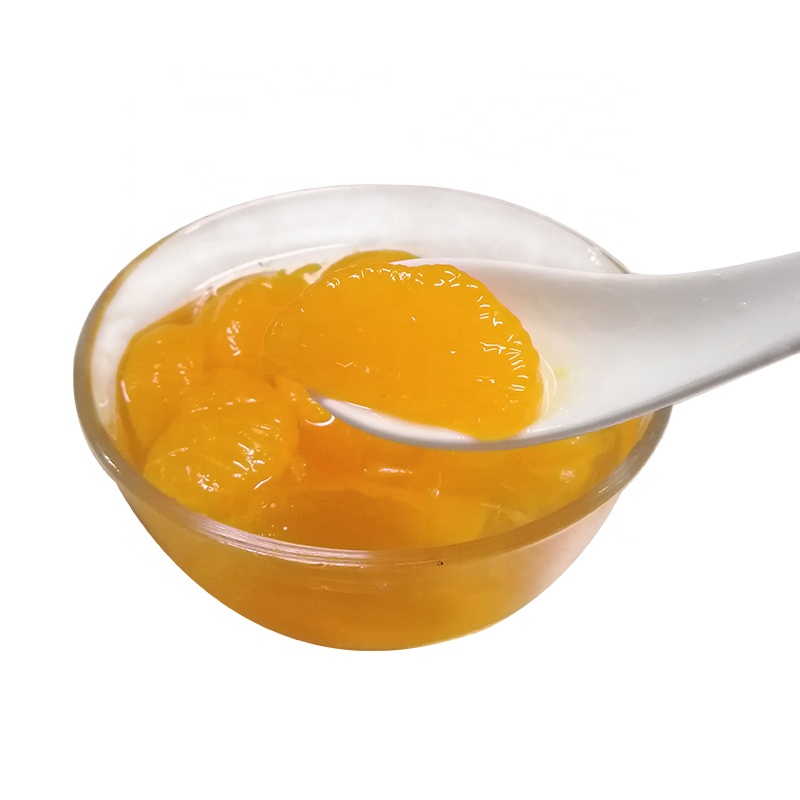
3.2 Always Available
Canned mandarins are shelf-stable for up to 18–36 months depending on the pack. They require no refrigeration until opened, making them ideal for:
Home pantry storage
Emergency food supplies
School cafeterias
Bakeries and dessert shops
Restaurants and salad bars
Long-distance shipping and export
Their stable supply reduces reliance on seasonal fresh fruit markets.
3.3 Ready to Use in Every Recipe
Open the can, drain if needed, and the fruit is ready. It’s perfect for:
Fruit salads
Yogurt bowls
Cakes and pastries
Ice cream toppings
Savory salads
Lunchboxes
Cocktails and mocktails
The effortless preparation saves time in both home and professional kitchens.
4. Long Shelf Life & Reduced Food Waste
Food waste is a growing global concern, and canned mandarins offer a solution.
4.1 Extended Shelf Stability
Because canned mandarins are securely sealed and heat-sterilized, they last significantly longer than fresh fruit. Fresh mandarins may mold or spoil within 1–2 weeks. Canned mandarins remain good for years, reducing the likelihood of throwing away uneaten food.
4.2 Portion Control
Canned mandarin oranges come in a range of sizes, including:
Single-serve 106g / 312g cups
Standard 425g / 567g retail tins
Large 3000g–3100g foodservice cans
Businesses can choose the size that matches usage, minimizing waste.
4.3 Resistant to Seasonal Supply Disruptions
Fresh citrus crops can be affected by weather, logistics, or disease. Canned mandarins, however, support stable, year-round supply chains. This is essential for bakers, beverage brands, and restaurants that rely on predictable fruit supply.
5. Cost-Effectiveness: A Smart Choice for Households and Businesses
Fresh fruit prices fluctuate, especially during off-season periods or poor harvest years. Canned mandarins, however, offer a stable and affordable alternative.
5.1 Stable Prices
Due to bulk processing and long shelf life, canned mandarin pricing is less affected by seasonal volatility. This helps businesses control costs in food production, catering, and retail.
5.2 Reduced Spoilage = Better Value
Fresh fruit can lead to hidden waste costs due to:
Spoilage
Storage losses
Seasonal price surges
Canned fruit eliminates many of these issues.
5.3 Efficient for Large-Scale Production
Food processors value canned mandarins because they come in consistent quality, calibrated sizes, and standardized packaging. That means:
Easier portion control
Faster production lines
Less manual labor
Whether for bakery fillings, ready-to-eat salads, fruit cocktails, or beverages, canned mandarins offer predictable input quality.
6. Food Safety & Quality Control
Canned mandarins go through strict food safety procedures, meeting international standards such as HACCP, ISO, FDA, HALAL, and BRC. Manufacturers inspect fruit at multiple stages:
Raw material sorting
Peeling and washing
Segment separation
Syrup or juice filling
Vacuum sealing
Sterilization
Cooling and labeling
These steps ensure that every can is free from pathogens and safe for consumption.
6.1 Allergen-Free, Vegan, and Naturally Gluten-Free
Mandarin oranges are naturally free from common allergens and fit nearly all diets. They are ideal for:
Vegetarian and vegan diets
Gluten-free diets
School canteens
Hospitals
Elderly care facilities
7. Versatile Applications in Cooking and Baking
Canned mandarin oranges shine in the kitchen. Their bright flavor pairs well with sweet, savory, spicy, or creamy dishes.
7.1 Breakfast & Snacks
Add them to oatmeal or yogurt.
Blend into smoothies.
Use as a topping for pancakes or waffles.
Create refreshing fruit cups for kids.
7.2 Baking & Desserts
Because canned mandarins retain moisture and shape, they work beautifully in baked goods:
Mandarin cheesecake
Fruit cakes
Jellies and puddings
Ice cream toppings
Tart and pie fillings
Fruit cobbler
Their natural sweetness means recipes can use less added sugar.

7.3 Salads & Main Dishes
Canned mandarins are a classic in salads:
Chicken mandarin salad
Spinach mandarin salad
Asian-inspired mandarin noodle bowls
Mixed fruit salads
Their acidity and sweetness balance oily dressings, roasted nuts, and grilled proteins.
7.4 Beverage Applications
Mandarins are increasingly used in:
Cocktails
Mocktails
Bubble tea
Fruit tea
Juice blends
The lightly sweet flavor complements citrus-based beverages perfectly.
8. Sustainability Considerations
Sustainability matters to modern consumers, and canned fruits play a role in reducing environmental impact.
8.1 Reduced Food Waste
Canning preserves fruit that might otherwise spoil due to:
Overproduction during harvest
Cosmetic imperfections
Oversized or undersized fruit
Thus, more of the crop is used.
8.2 Fully Recyclable Packaging
Tinplate cans are:
Recyclable
Durable
Highly protective
Efficient for transport
Metal recycling is well-established globally, making tins a sustainable option.
8.3 Efficient Transport & Storage
Canned goods stack easily, reducing shipping inefficiencies and carbon footprint per unit.
9. Consistency in Quality and Taste
Fresh mandarins vary in sweetness, seed count, and juiciness based on weather, soil, and storage conditions. Canned mandarins are selected at peak maturity, resulting in predictable taste and texture every time.
9.1 Seedless Segments
Most canned mandarins are seedless—a huge advantage over fresh varieties that can be inconsistent.
9.2 Uniform Color & Shape
Manufacturers grade mandarin segments by size and appearance, ensuring that each can contains visually appealing fruit.
9.3 Stable Flavor
Whether you buy canned mandarins in January or June, the flavor remains constant, which is essential for restaurants and food manufacturers.
10. Ideal for Export and Global Trade
Canned mandarins are one of the most commonly exported canned fruits from producing regions such as China, Spain, and Turkey. Key advantages for importers and distributors include:
Long shelf life
Strong packaging
Stable supply
Predictable quality
Competitive pricing
Their popularity extends across North America, Europe, the Middle East, and Southeast Asia.
Conclusion: Why Choose Canned Mandarin Oranges?
Canned mandarin oranges offer far more benefits than convenience alone. They are nutritious, affordable, and available year-round. They reduce food waste, support global food supply stability, and open countless culinary possibilities. Whether for home use, foodservice, manufacturing, or export, canned mandarins deliver reliability in taste, quality, and safety.
For anyone seeking a bright, refreshing fruit that fits modern lifestyles, canned mandarin oranges are a delicious and practical choice.


